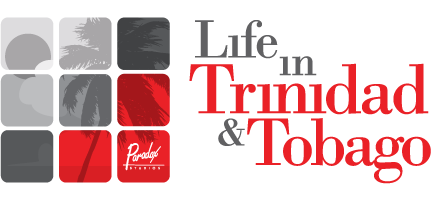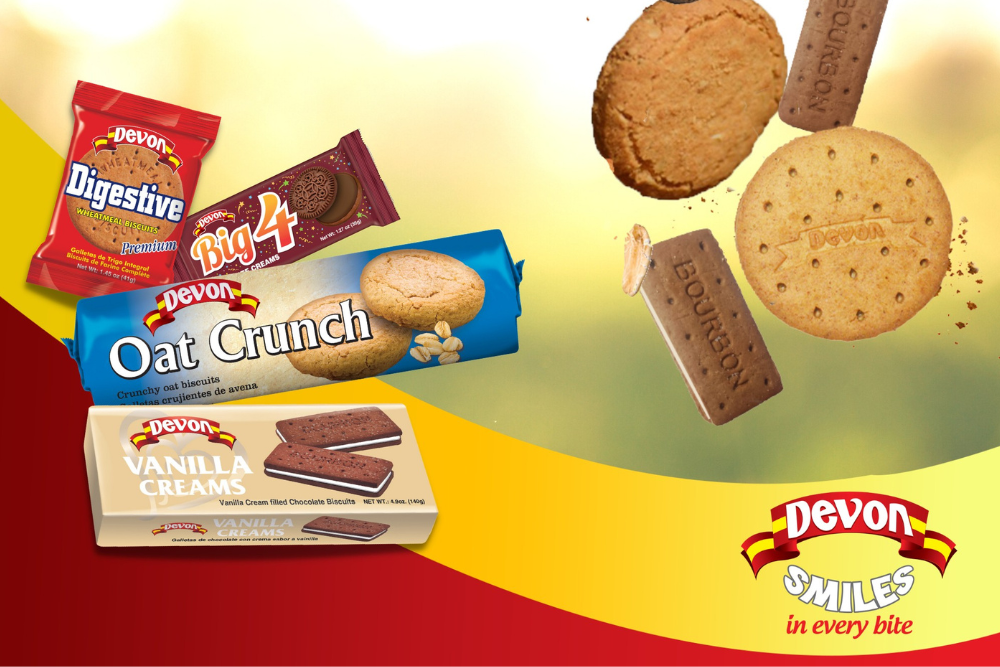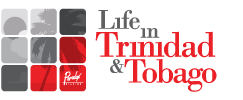The obvious ones are the fashion designers but there are many roles that work hand in hand to make beautiful fashions available in stores. There are careers in the designing part of fashion and careers in both the production and the sales parts of the industry. Here are a few suggestions of the top careers to look at amongst the myriads of jobs available.
Careers in the fashion industry fall under three broad categories: fashion merchandising, advertising, and production management.
Fashion Merchandising
This is the part of the industry where fashion design integrates with business. Literally design and business intersect. Why? Fashion designers have to get their product to the market. Merchandisers are the professionals who would make this happen. Merchandisers are forever tracking and monitoring fashion trends and consumer trends. They use the insights gained to predict what fashion styles will be trending in the coming seasons and as such plan their fashion collections to meet these foreseen trends.
Merchandisers are the ones who run the sales outlets where consumers purchase their fashion wear. For these professionals, a head for numbers and tons of creativity are non-negotiable. Careers that fall under this category are numerous. The top ones are:
1. Retail Managers
These are fashion merchandisers in charge of retail management in a fashion store. They are the managers of fashion stores you see in the big malls. They are the people interfacing with the customers directly. You can make really decent money and get firsthand knowledge of a multitude of brands, marketing strategies, and how to manage people if you follow this route. The biggest advantage is that you can start your own retail store in time. Retail managers are in high demand, particularly those that are adept at bringing in sales both in festive and non-festive seasons.

2. Fashion Buyers
Fashion buying is another interesting career route for the creative and numbers-savvy. However, you don’t usually start off in fashion buying as a career. You will require some years of experience on a retail floor and as a buyer’s assistant. As a buyer’s assistant, you learn the ropes from the fashion buyer – she’s very experienced in firsthand knowledge of fashion brands, consumer and fashion trends, and is adept at predicting future buying behaviours of consumers and has gained a wealth of experience dealing with customers directly.
The trick is to find a niche you love in fashion and learn everything about it. It could be jewellery, shoes, dresses, suits, business casuals, or a combination of any. Then learn everything about it from brands specializing in that niche, consumer trends, colours, and so on.
Advertising
Advertising is where the work of creating awareness for fashion products is. There are careers aplenty at both the retail and corporate management levels. Channels through which advertising go through in this industry are broad. The goal is to create appealing visual presentations of the designs being promoted. Store windows, museum exhibits, fashion shows and showrooms make use of visual presentations all the time. The top careers in this field are:
3. Visual Merchandisers
They are storytellers in three dimensions, creating environments that inspire, inform and persuade consumers to buy. These professionals are creative in turning an empty room into a beautiful showroom. They work with different tools like mannequins, window props, clothing racks, stands and so on. When you visit a store and feel like buying everything on display, it isn’t your fault, the visual merchandiser is has done an excellent job convincing you.
Are you theatrical? Good with props? Creative? Welcome to your new career. Store windows are only one of many options for visual presentation. Museum exhibits, fashion shows, and showrooms all use this technique. The FIT degree description characterizes the profession perfectly: “They are storytellers in three dimensions, creating environments that inspire, inform, and persuade.” There are speciality degrees at art and fashion schools specifically for visual presentation.
Do you have an artsy, creative mind? Advertising, either on the corporate or retail side, might be for you.

4. Fashion Illustrator
A fashion illustrator works with a fashion designer to create a visual presentation of a designer’s idea – either as a sketch on paper or on a computer screen using CAD software. A designer may or may not be gifted in drawing but can team up with someone who can. He or she describes designs or makes crude sketches on paper, shares this with the fashion illustrator who then uses his creativity to bring the sketch to life. These designs are then manufactured.
Fashion illustrators also work on designs of fashion magazines, look books, and enhancement of images taken with a camera. Their role is universal as they are needed by every sector of the fashion industry.
5. Public Relations Representative
Fashion brands want their reputation unblemished and first in a consumer’s mind. For this reason, they need PR representatives to keep their brand’s image squeaky clean and making sure that people are talking about them. These persons aim to keep the brand’s image fresh in people’s minds so that when they go shopping, they’re subconsciously walking to the brand’s outlets. In essence, PR is the middle man between a product and the consumer. As such, the PR’s job is to make a brand appealing to the target audience.

Production Management
This is where the designs are made and turned into products. There are two broad subcategories here – the textile production and the manufacturing sectors.
The textile production sector caters to the needs of different types of fabrics used for making fashion products. A notable career path in this sector is Textile Designing. The manufacturing sector is where the cutting and styling and sewing take place. Leading the pack in this sector is the fashion designer.
6. Textile Designer
The textile designer creates original designs for the fabrics used in all types of industries. Most textile designers use computer-aided design (CAD) to do their work. It is these designs that textile mills print on their yarns.
Textile Designers interact with customers to understand their needs and interpret their ideas into creative designs. They work with designers, textile mills, fashion retail stores, wholesale fabric dealers, and print services.

7. Fashion Designer
The fashion designer is the backbone of the manufacturing process. He is responsible for creating designs of clothing to be manufactured as a brand’s collections. They design ready-to-wear clothing lines that will be sold in retail stores. They also assess the fabrics to be used and the price range that allows the brand to be profitable.
Top of the mind of the fashion designer is a continual study of fashion trends and lifestyles of people in order to create designs that are in tune with the seasons. They also know how to make patterns, and understand how clothes are constructed. They supervise the pattern making and sample making for their designs as well as manage the manufacturing process.
There you have it, the top 7 careers in the fashion industry. Choosing which path to follow should be considered carefully as you can get lost in the mix early on. You want to choose based on your temperament and talents. That way your progress will be rapid.








